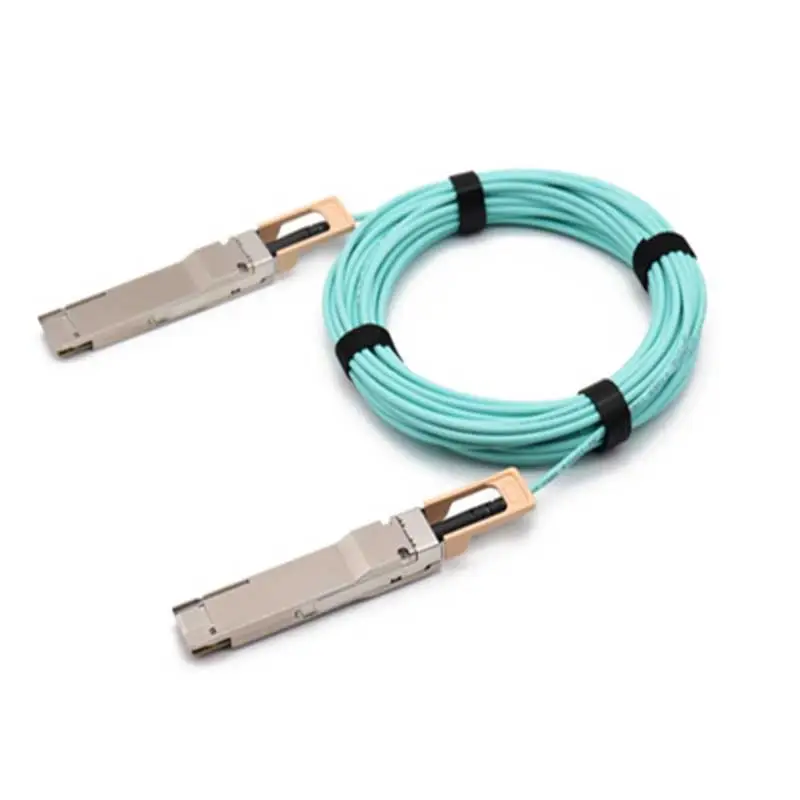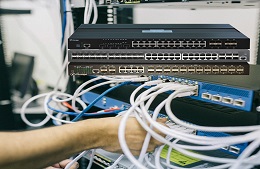1G SINGLE FIBER by Fibridge sfp transceiver supplier refers to a fiber optic communication system that delivers a data transfer rate of 1 gigabit per second (1 Gbps) using a single optical fiber strand. This technology is widely employed in telecommunications and networking to provide high-speed internet and data services. By utilizing a single fiber, it can efficiently transmit data over long distances with minimal signal degradation. This setup is particularly advantageous for reducing infrastructure costs and simplifying network design while maintaining robust performance.

1G Single Fiber differs from traditional fiber optic connections by using a single optical fiber strand for both transmitting and receiving data, achieved through Wavelength Division Multiplexing (WDM). Traditional fiber optic connections typically use two separate fibers—one for transmission and one for reception. This single-fiber approach reduces fiber usage, lowers costs, and simplifies installation and maintenance. It employs different wavelengths, such as 1310 nm for upstream and 1550 nm for downstream, to enable bidirectional communication over the same fiber, making it an efficient solution for maximizing existing fiber infrastructure.
1G single fiber connections are commonly used in various scenarios due to their efficiency and cost-effectiveness. They are often employed in metropolitan area networks (MANs) to connect different parts of a city, providing high-speed internet and data services. They are also used in data centers for interconnecting servers and storage systems, ensuring fast data transfer and low latency. Additionally, 1G single fiber connections are utilized in campus networks to link multiple buildings, offering reliable and high-speed connectivity. They are also popular in industrial settings for connecting remote sensors and control systems, enabling real-time data monitoring and automation.

Beijing Fibridge Co., Ltd.



